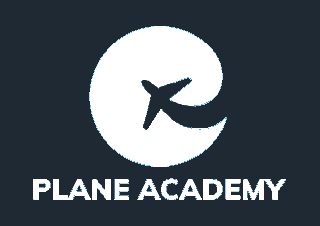Becoming a licensed aircraft engineer and the types.
There are essentially two different choices when it comes to a maintenance engineer licence.
Category A Licence (Line Maintenance Mechanic), which allows you to carry out small tasks and replace parts of an operational aircraft. These tend to take place at night or during the turnaround.
Category B Licence (Base Maintenance Technician) which allows engineers to complete more complex tasks. This is further split into mechanics B1 and avionics B2.
There is also a Category C Licence which allows the holder to release an aircraft following base maintenance. Typically a Category C holder will also hold a Category B Licence.
To gain a category A Licence you would need to complete an approved course normally six months in duration and also receive at least one year of certified experience.
For the Category B Licence, you will need to complete a two year approved course and also an additional two years of certified experience within a specific discipline.
Once you hold one of these licences, it will have a category of aircraft that it applies to.
- A1 Fixed wing with Turbine Engine
- A2 Fixed wing with Piston Engine
- A3 Rotary wing (helicopter) with Turbine Engine
- A4 Rotary wing (helicopter) with Piston Engine
- B1.1 Fixed wing with Turbine Engine
- B1.2 Fixed wing with Piston Engine
- B1.3 Rotary wing (helicopter) with Turbine Engine
- B1.4 Rotary wing (helicopter) with Piston Engine
- B2 Avionics (electronic systems) – this qualification is only for Category B
Universities and colleges are the two types of institutions offering maintenance engineering. Special training facilities offer specialist or modular courses directly to existing aircraft employees who want to improve their skills and experience.
Universities are great for individuals with no experience and offer a full two or three-year course that is a mix of academic and practical work. They can also offer a year or summer in the industry.
Applicants may study for basic licence examinations before they have acquired all the practical experience required. Examination passes are valid for up to five years.
You can opt to study independently for your licence and pay for all the costs yourself at £340.00 per Category/Sub-Category that you have applied for. If you are on a training scheme or apprenticeship with an aircraft maintenance employer, you should be released for college study and exams etc. as part of your training programme with costs covered by your employer. Note that your licence needs to be renewed every 5 years from the date of issue.
Failure to renew your licence while working on live aircraft unlicensed can result in being fined up to £2,500
